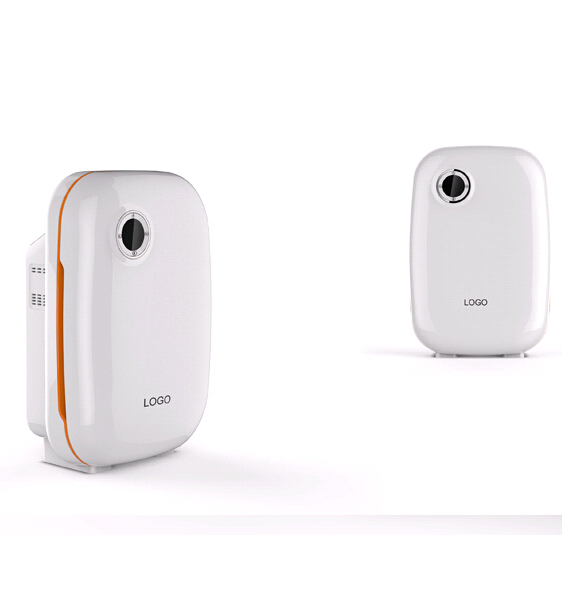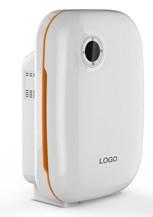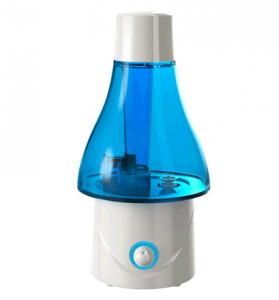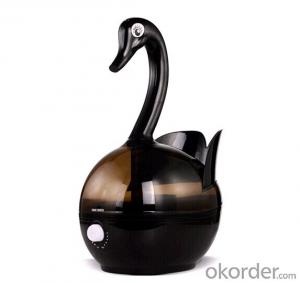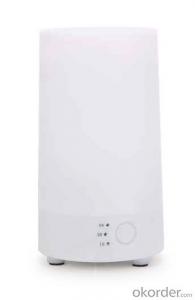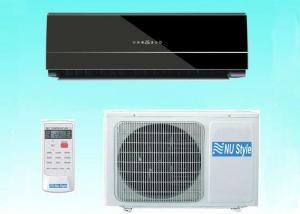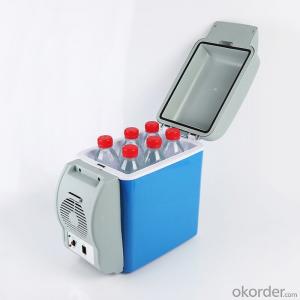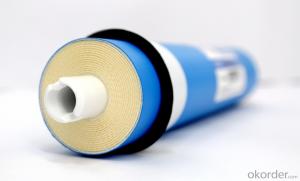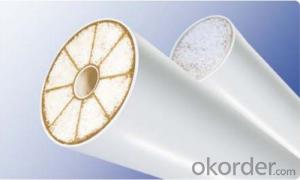Air cleaners or purifiers can be portable, table-top devices used in individual rooms or larger systems that require installation with an existing HVAC, furnace, or air conditioning system. Air cleaners and purifiers are differentiated by several parameters, including the technology used to filter the air, the size of particle the cleaner is capable of removing, the square-footage covered, maintenance and energy costs, and physical size.
Air cleaners for both home and commerical applications use filters, electricity, and ozone generation to remove particles from the air. High efficiency particulate absorbing (HEPA) air cleaners use filters that can remove 99.97% of airborne particles, including mold spores and smoke. HEPA air purifiers are often used in medical buildings to isolate patients being treated for burns or immunological diseases.
Ionic Air Purifiers
Ionic air purifiers or ionizers use negative ion generators to charge airborne particles so they settle out of the air and on to room surfaces. Some ionizer air cleaners also incorporate an electrostatic system to trap particles on oppositely-charged metal plates.
Ultraviolet (UV) Light Air Cleaners
Ultraviolet (UV) light air cleaners damage the DNA in many airborne biological pathogens such as bacteria and viruses, and destroy dangerous organic compounds. UV air cleaners incorporate the use of an ultraviolet light at a specific wavelength with filtering or electronic systems to purify the air. UV air cleaners are often used in hospitals and prisons.
Ozone Air Cleaners
Ozone air cleaners take advantage of ozone’s extra oxygen atom. The extra atom can readily detach from the ozone molecule and reattach to harmful airborne contaminants, leaving only carbon-dioxide, oxygen, and water. Ozone air cleaners are best used in large industrial applications since this method actually generates an ozone plasma and releases it into the surrounding air.
Electronic or Electrostatic Air Cleaners
Electronic or electrostatic air cleaners charge particles as they pass through the purifier. In a two-stage system, the particles are charged using high-voltage wires. The charged particles are then captured by oppositely-charged metal plates. The plates must be removed periodically for cleaning. Electrostatic air cleaners may be standalone portable units or installed into the ductwork of a furnace or air conditioner.


